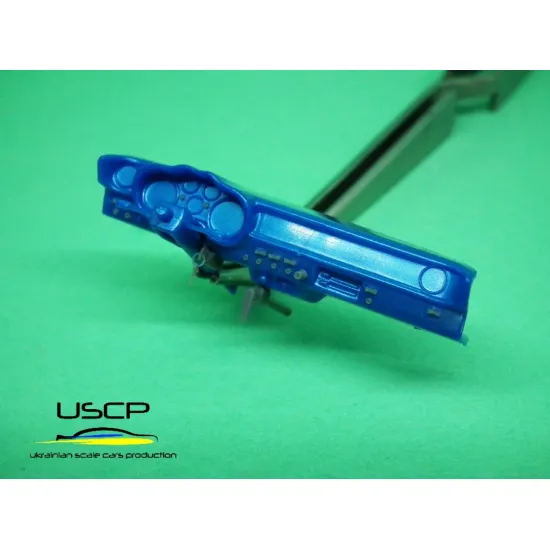How to Choose the Right Model Kits for Your Skill Level and Interests
How to Choose the Right Model Kits for Your Skill Level and Interests
Blog Article
Model packages have already been capturing the imaginations of hobbyists for decades, growing from simple styles into complicated works of craftsmanship. Their success during record could be caused by a variety of improving systems, social changes, and a dedicated community of enthusiasts.
Early Beginnings of Model Kits
The origin of model kits may be tracked back once again to the first 20th century, largely in Europe and the United States. Originally, design productswere handcrafted wooden replicas, usually of vessels or airplanes, developed as education methods for designers or naval cadets. These packages required substantial skill to perform, as directions were minimal, and the parts were rough.

By the 1930s, the process became more consumer-friendly as businesses like Frog and Monogram began providing balsa timber aircraft kits. These products catered to hobbyists and presented easy pre-cut patterns, creating them available to a broader audience.
The Plastic Revolution
The 1950s marked a significant turning stage in the development of design kits. The introduction of injection-molded plastic changed the industry. Organizations like Revell and Airfix took the cause, providing detail by detail design sets offering tanks, airplane, and vehicles. That new product permitted for better detail in production and offered simpler assembly for users.
In conjunction with the post-war development of middle-class leisure time, model-building rapidly turned a favorite pastime for kids and adults alike. For instance, 1967 saw the discharge of the Saturn V rocket model throughout the Space Battle period, shifting community interest to place exploration-themed models.
Model Kits in Pop Culture
The latter half of the 20th century saw product kits entrenched in pop culture. Movies and television shows turned critical drivers of curiosity, with franchises like Celebrity Conflicts and Star Journey impressive a trend of sci-fi kits. China also performed a essential position in that time, with the introduction of mecha-centric systems like Bandai's Gundam line in 1980.

Today's Enduring Demand
Despite advancements in technology, including electronic simulations and video gaming, the design equipment business remains strong. Businesses today present very step-by-step packages using computer-aided style (CAD), 3D printing, and laser chopping, ensuring accuracy and precision. Also, the increase of on the web areas, boards, and social media marketing has empowered contractors to share practices, exhibit finished works, and relate genuinely to like-minded hobbyists globally.
The enduring appeal of model sets lies not merely in their elaborate types but in addition in the feeling of success they offer following hours of assembly. Nowadays, they continue to connection decades, combining record, artwork, and design right into a simple gratifying hobby. Report this page